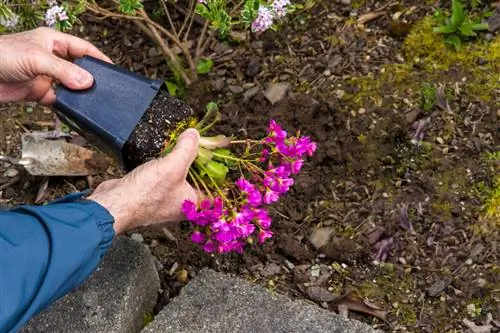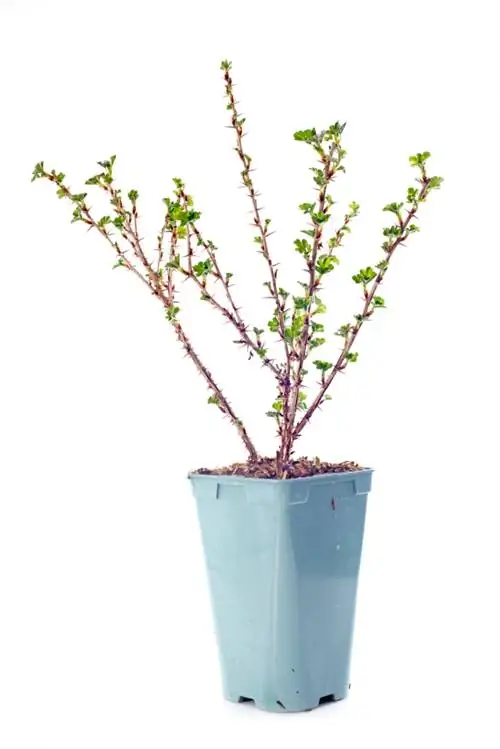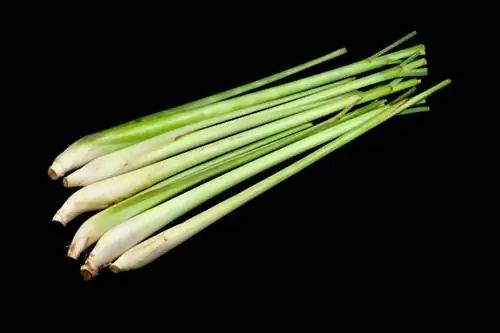- Author admin [email protected].
- Public 2023-12-16 16:46.
- Last modified 2025-01-23 11:20.
For many hobby gardeners, successfully propagating their own plants is an important part of their job. How nice that this can sometimes be very easy with the porcelain rose, as the hardy bitterroot is also called.

How can I successfully propagate bitterroot porcelain florets?
The bitterroot porcelain florets can be easily propagated by dividing daughter rosettes. Separate in late summer, plant in lean substrate and water with low-lime water. Alternatively, propagation through leaf cuttings or sowing cold germination is possible.
Although sowing is relatively time-consuming, division is uncomplicated, at least if you wait for daughter rosettes to form. However, the bitterroot needs a lot of sun and sufficient nutrients. Water the plant regularly so that the roots do not dry out, but be sure to avoid waterlogging.
Reproduction by division
Remove the withered parts of the plant regularly, then the bitterroot will produce plenty of daughter rosettes. You can easily separate these from the mother plant and replant them anywhere or in a pot.
The best time for this division is late summer. This means that the young plants will form strong roots before winter and can delight you with their flowers next spring. Place the young plants in lean substrate and always keep it slightly moist. Water the porcelain florets with low-lime water so that they can develop well.
Propagation by cuttings
Propagation using leaf cuttings is a little more complicated. To do this, cut off a strong, he althy leaf of your bitterroot and divide it along the leaf veins. Place the leaf on a lean substrate and keep it evenly moist. You may want to mix in some sand. Place the growing pot (€9.00 on Amazon) in a bright, warm place.
Propagation by sowing
Porcelain florets are difficult to grow from seeds. They are cold germinators, which means that the seeds only germinate after they have been exposed to cold temperatures for a certain period of time. In nature, this happens automatically in winter; purchased seeds have been pre-treated accordingly. Collect the seeds from your own plants, then place them in the refrigerator for a few days or weeks.
The best tips for propagating bitterroot:
- Formation of daughter rosettes
- easy division of daughter plants possible
- Growing the young plants possibly in a pot
- Slowly accustom young plants to direct sunlight
- Cold germination
- Leaf cuttings possible
Tip
The easiest way to propagate porcelain rosettes is with a minimum of care and dividing well-developed daughter rosettes.






